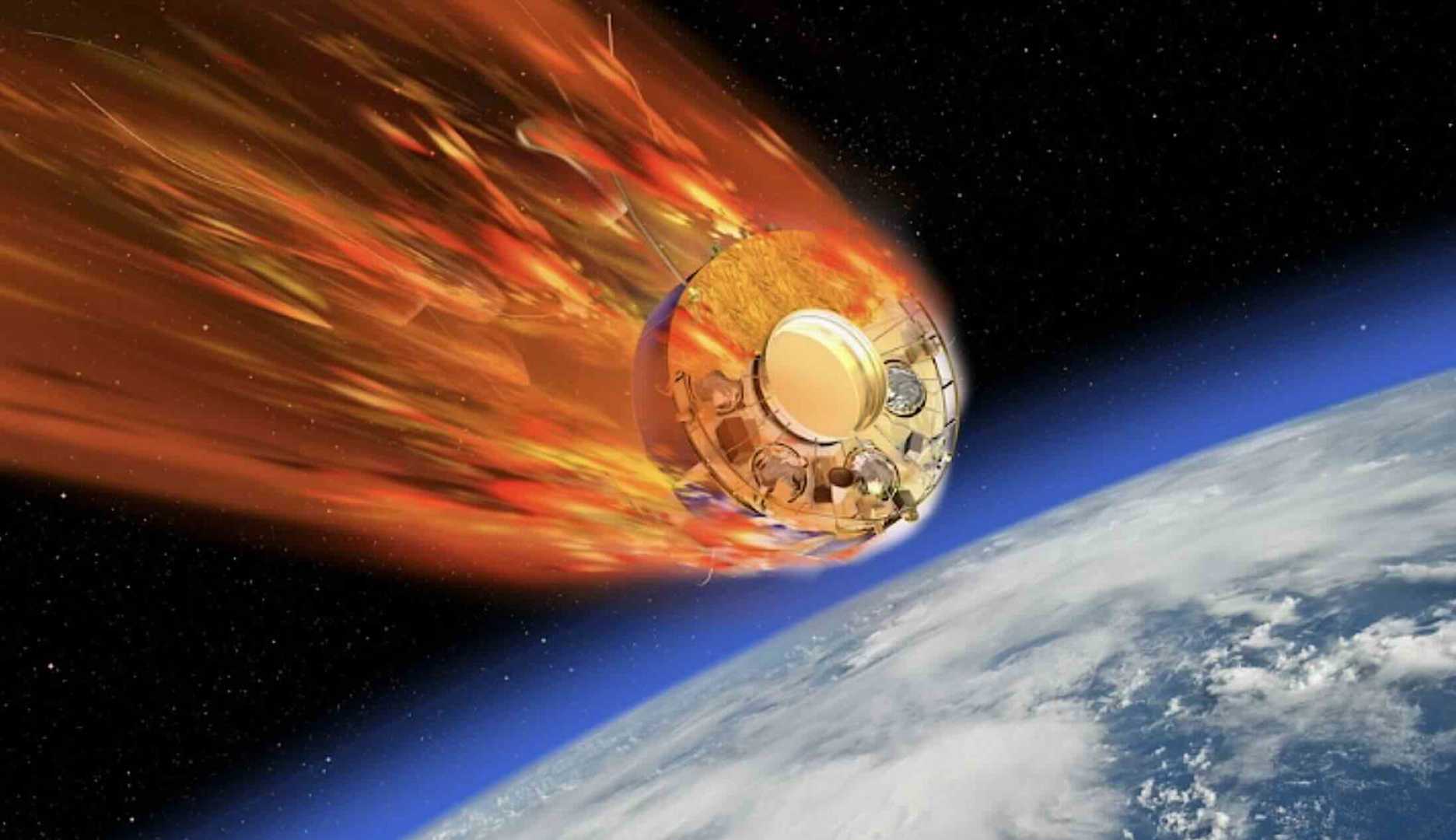News
Soviet-Era Kosmos 482 Spacecraft Falls to Earth After 50 Years

MOSCOW, Russia — The Kosmos 482 spacecraft, a remnant of the Soviet space program, re-entered Earth’s atmosphere on Saturday after more than 50 years since its failed launch to Venus. The European Union Space Surveillance and Tracking agency confirmed this uncontrolled re-entry, noting the spacecraft’s disappearance from tracking.
The European Space Agency indicated it had lost contact with Kosmos 482 when it failed to show up over a German radar station. Experts do not currently know where or how much of the half-ton spacecraft survived its fiery descent.
Scientists previously suggested that given the spacecraft’s design to endure high temperatures on Venus, it was possible that some or all of it might have made it through re-entry. However, they stressed that the chances of debris striking anyone on the ground were extremely low.
Launched in 1972, Kosmos 482 was one of several missions aimed at Venus but became stranded in Earth’s orbit due to a rocket malfunction. Most of the spacecraft eventually fell back to Earth, but the spherical lander, measuring about 1 meter across and encased in titanium, was the last part still remaining. Weighing over 495 kg, it was unable to escape gravity’s pull as its orbit decayed.
The Russian government indicated that Kosmos 482 likely came down over the Indian Ocean, though some experts have expressed doubt about the exact location. After the spacecraft’s spiral descent, scientists and military personnel could not determine when or where it might land, with solar activity and its long duration in space contributing to the uncertainty.
As of Saturday afternoon, U.S. Space Command had not yet verified the spacecraft’s demise while it continues to gather and analyze data from orbit. The military routinely monitors multiple re-entries monthly, but Kosmos 482 attracted heightened scrutiny due to the likelihood of its components surviving re-entry.
Unlike typical controlled re-entries managed by space agencies targeting oceanic areas, this descent was uncontrolled, raising concerns among observers. “If it was over the Indian Ocean, only the whales saw it,” noted Dutch scientist Marco Langbroek on social media.












